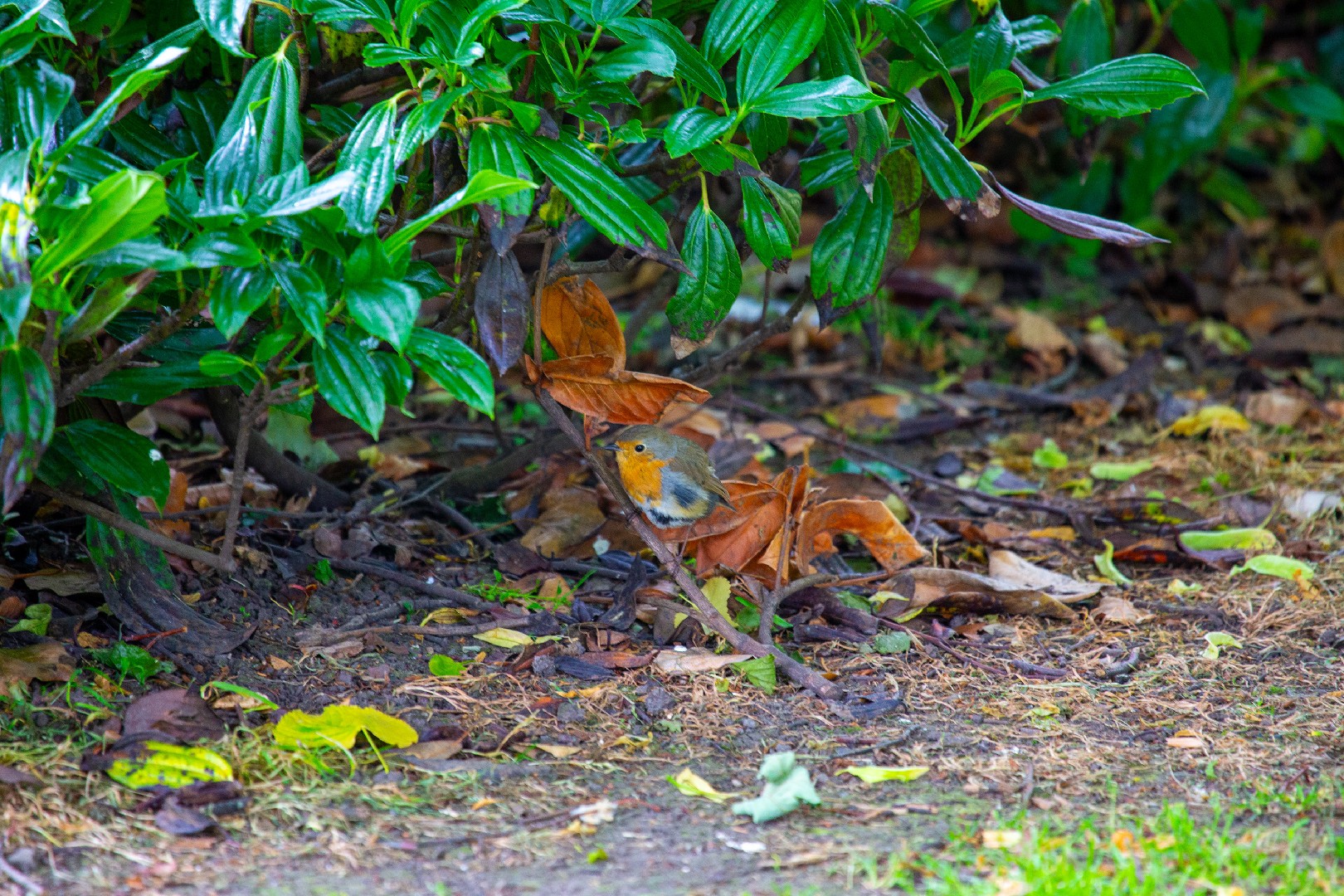![Rectangle]()
Identifying Suitable Wildlife for Your City Garden
When it comes to cultivating a city garden that attracts wildlife, it's important to understand the local wildlife and identify suitable species that can thrive in an urban environment. By doing so, you can create a haven for birds, butterflies, and other creatures while also respecting the legal guidelines surrounding urban wildlife and ensuring the safety of both the animals and your garden.
One of the first steps in identifying suitable wildlife for your city garden is to research and familiarize yourself with the local species that inhabit your area. Different regions have different ecosystems, and it's crucial to determine which animals are native to your location. By attracting native wildlife, you are creating a sustainable environment that not only supports local biodiversity but also ensures that the animals are well-adapted to the climate and food sources available.
To effectively attract wildlife, it's important to consider their specific needs and preferences. For example, birds require a variety of food sources, such as seeds, fruits, and insects. Planting a diverse selection of native trees, shrubs, and flowers that offer different types of fruits and seeds throughout the year can provide a reliable food source for birds. Additionally, installing bird feeders and birdbaths can attract a wider variety of bird species to your garden.
Butterflies, on the other hand, are attracted to nectar-rich flowers. Planting flowers like lavender, coneflower, and milkweed can not only provide a food source for butterflies but also serve as host plants for their caterpillars. Creating a butterfly-friendly garden includes incorporating plants that caterpillars can feed on, along with providing shallow water sources and sheltered areas for them to rest.
In addition to understanding the specific needs of wildlife, it's crucial to be familiar with the laws and guidelines surrounding urban wildlife. Some species may be protected by law, and it's important to respect their habitat and nesting areas. Contacting local conservation authorities or wildlife organizations can provide valuable information regarding the legal aspects of attracting and housing wildlife in your city garden.
When selecting wildlife for your city garden, it's essential to choose species that are not only suitable for the urban environment but also safe for both the animals and your garden. Some animals, such as rabbits or deer, may be considered pests and can damage your plants. Consider focusing on attracting smaller wildlife, like birds, butterflies, and bees, which are less likely to cause significant damage.
By understanding local wildlife, following legal guidelines, and selecting suitable species, you can create a thriving city garden that attracts and supports a diverse range of wildlife. Not only will your garden become a sanctuary for urban creatures, but you will also contribute to the conservation of native habitats and promote a sustainable urban ecosystem. So go ahead, embrace nature in the concrete jungle and cultivate a city garden that welcomes and nurtures the beauty of wildlife.





